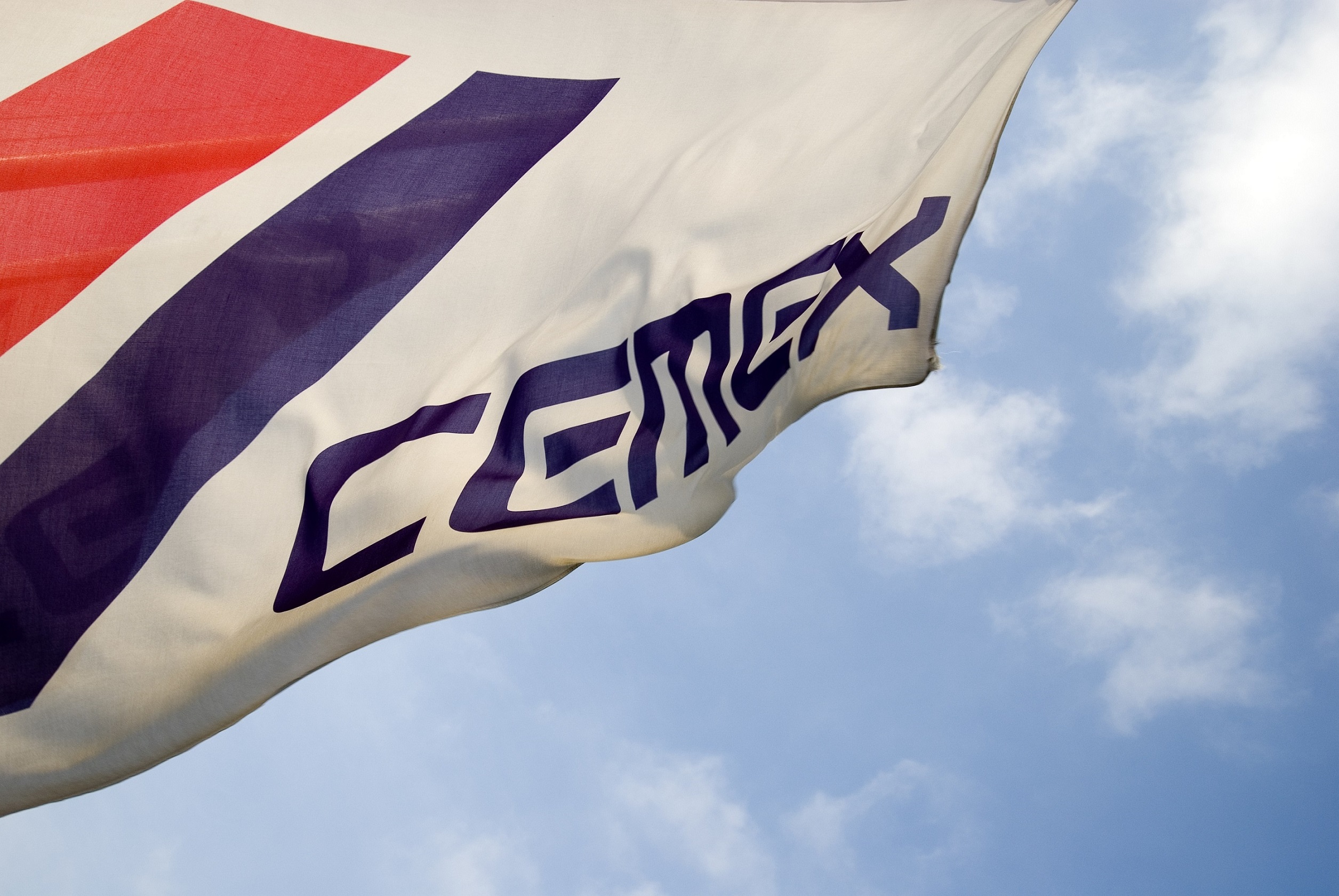
Fossil fuels used to heat the kilns account for approximately 45% of the carbon emissions in cement production. The companies have reached a memorandum of understanding to combine their expertise to develop optimal electric process heating solutions that can be applied in the cement manufacturing process.
Coolbrook's Roto Dynamic Heater (RDH) technology aims to revolutionize cement production by replacing fossil fuels traditionally used to heat the kilns with electricity. The breakthrough of the RDH technology is that it is able, using only electricity, to heat the kiln at a high enough temperature, around 1,700 Celsius degrees, necessary to produce cement with state-of-the-art materials. When powered by electricity from renewable sources, the technology eliminates CO2 emissions from the fuels used in process heating and is an important development in the eventual decarbonisation of the industry.
"The electrification of the heating and calcination process of cement production is an important step towards decarbonising our cement operations," said Roberto Ponguta, CEMEX vice president of Global Operations, Technical and Energy. "To the extent that we can use electricity from renewable sources, we can eliminate carbon emissions related to the heating of cement kilns. We are constantly looking for the best technologies and most promising partnerships to meet our Climate Action targets. Our collaboration with Coolbrook is another example of this."
Ilpo Kuokkanen, executive chairman of Coolbrook, said: "Coolbrook has set a target to build a comprehensive ecosystem around its revolutionary technology and to test its use in as many industrial processes as fast as possible. Together with CEMEX, we can bring the technology to cement production and achieve significant emission reductions in one of the most energy and CO2-intensive industrial processes. We are truly excited to start this effort with CEMEX, a global leader in sustainable construction materials and solutions."
The companies expect this groundbreaking technology to be ready for commercial use on an industrial scale in 2024. The companies expect to evaluate the best production site jointly to test and develop this technology. This initiative is part of CEMEX's roadmap to achieve its ambitious climate action goals under its Future in Action program.
Under its Future in Action program, CEMEX announced a climate action target of reducing 40% of its CO2 emissions by 2030. Additionally, the company set a goal for clean electricity consumption, currently 29%, of 55% by 2030. These goals are the most ambitious in the cement industry and are verified by the Science Based Targets Initiative (SBTi) according to the well-below 2°C scenario. CEMEX expects these intermediate goals to assist the company in fulfilling its 2050 goal of being net zero carbon in concrete.













